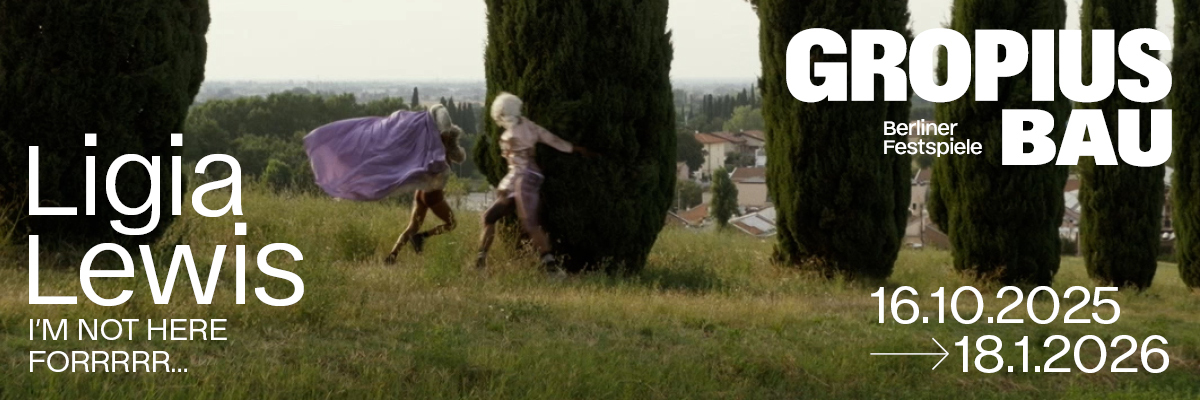
Philippe Caron Lefebvre
Spike Aesthetics
Project Info
- 💙 L'oeil de poisson, Quebec City, Canada
- 💚 Jean-Michel Quirion
- 🖤 Philippe Caron Lefebvre
- 💜 Jean-Michel Quirion, Laurence Pilon (translator)
- 💛 Vincent Drouin
Share on
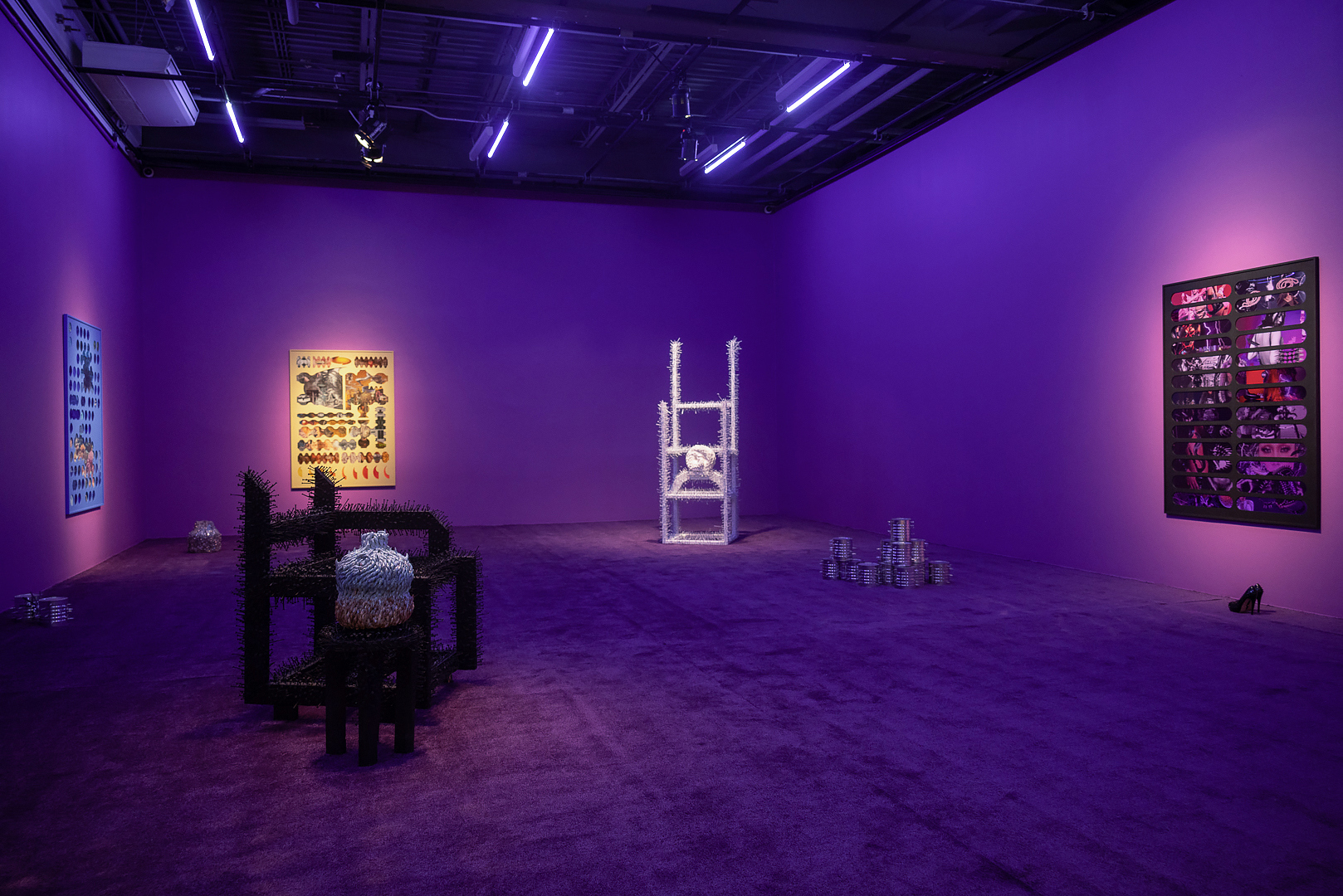
Spike Aesthetics, exhibition view
Advertisement
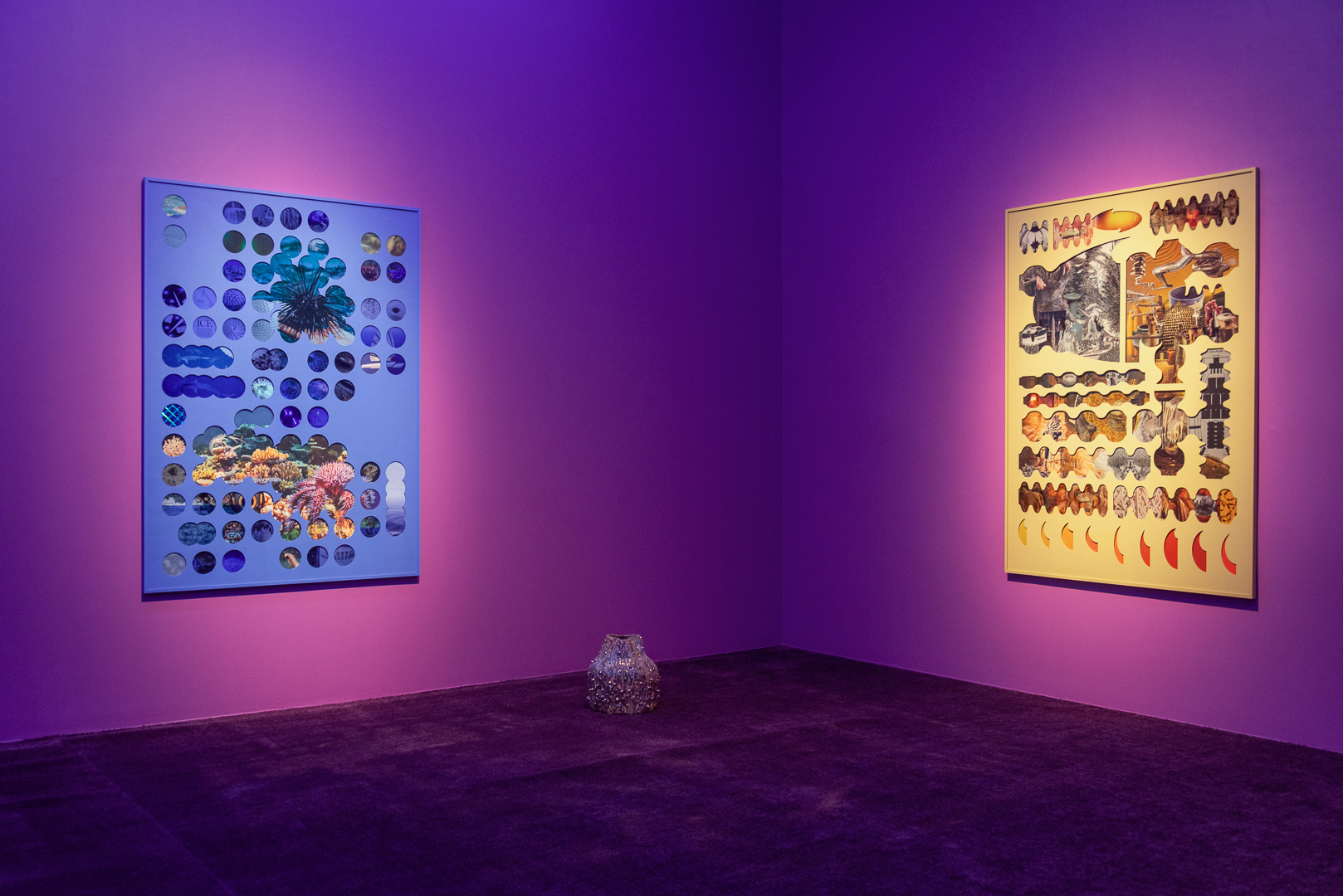
Spike Aesthetics, exhibition view
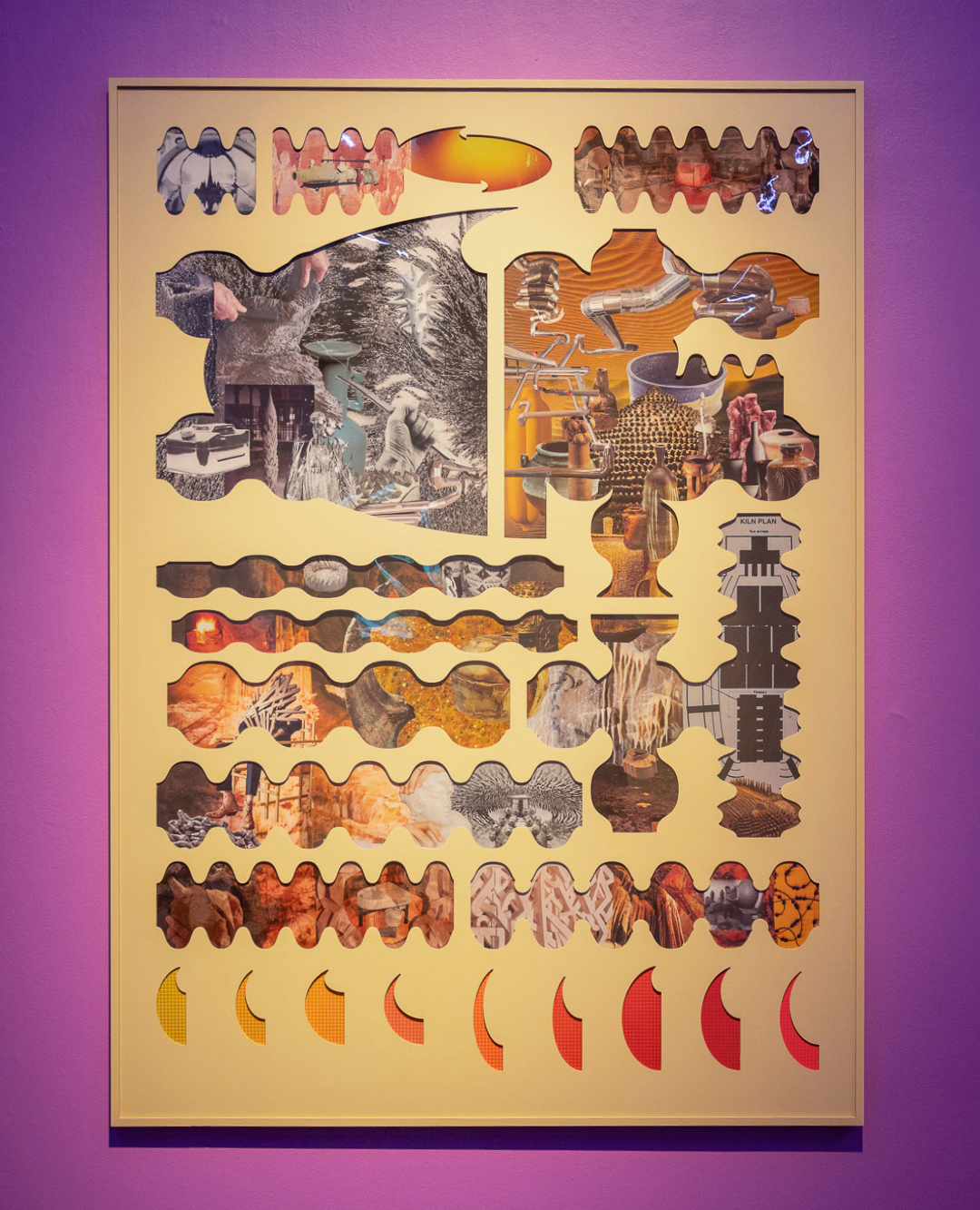
Earth Fire Mineral, 2023 MDF cutout, colored filter, found images, paint, 165 x 120 cm
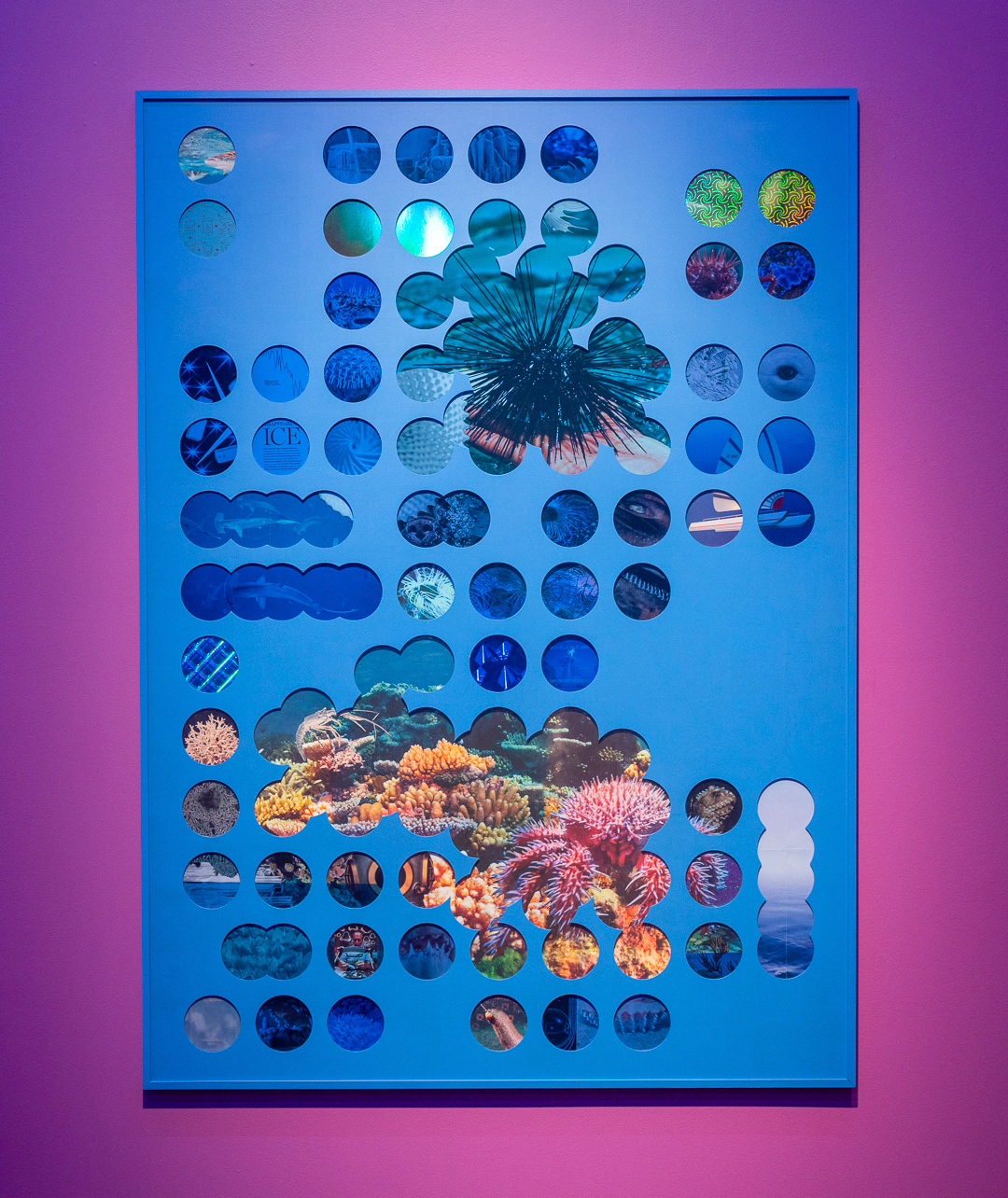
Urchin Urchin, 2023 MDF cutout, colored filter, found images, paint, 165 x 120 cm
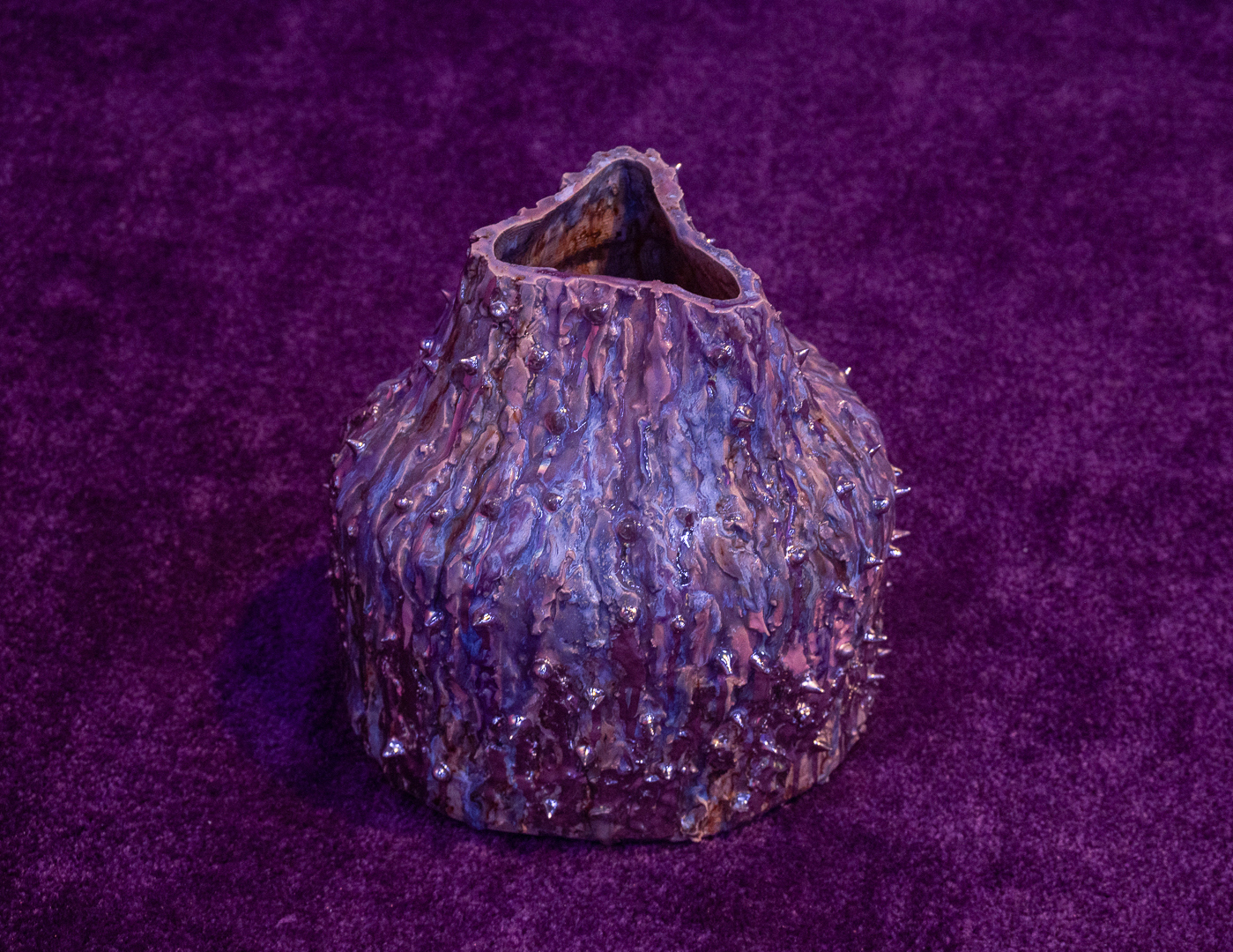
Silver flayed, 2023, stoneware, glaze, white gold luster, 33 x 32 x 27 cm
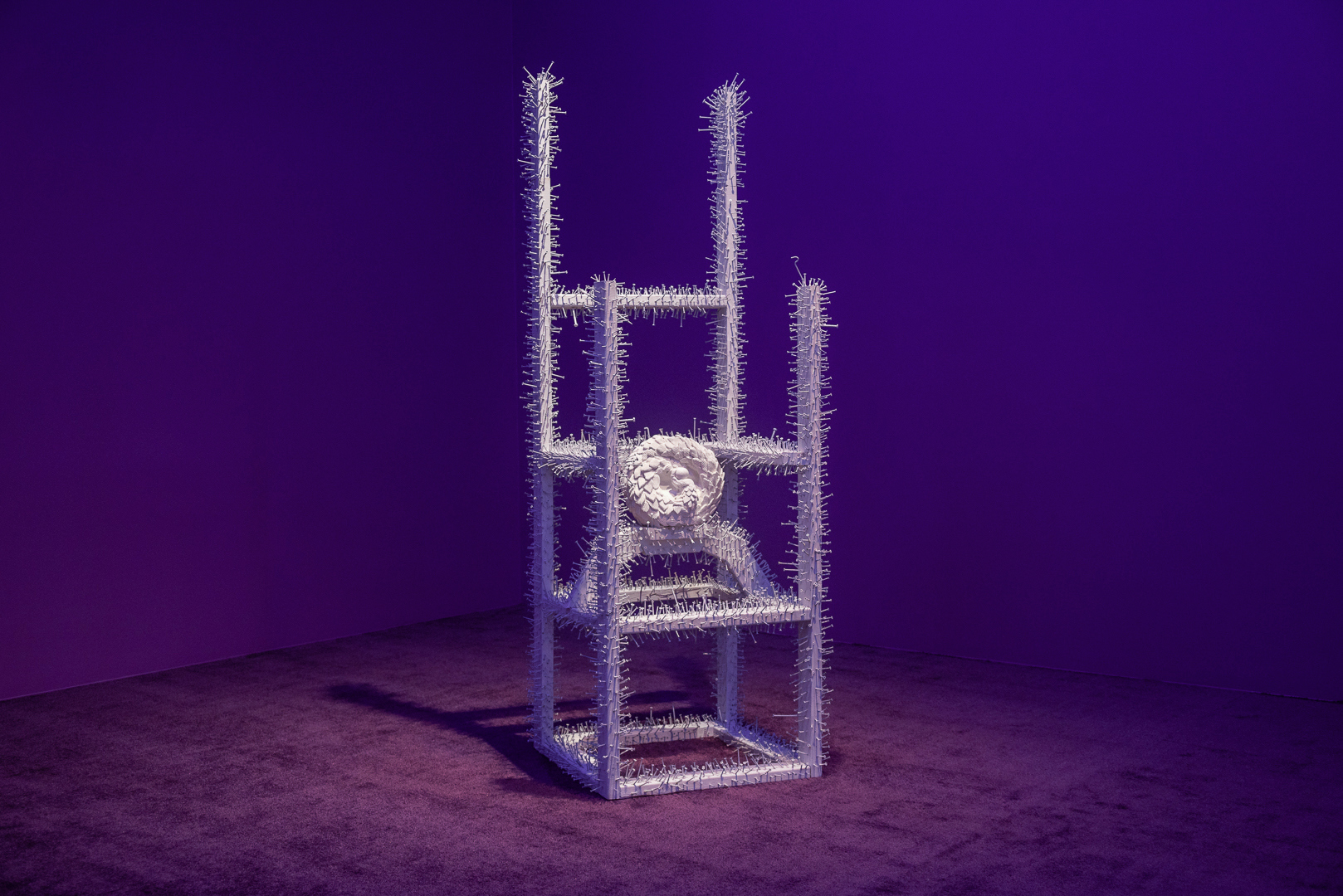
Pangolin Palace, 2023 wood, repurposed screws and nails, hydrocal plaster, fiberglass, paint, 215 x 76 x 76 cm
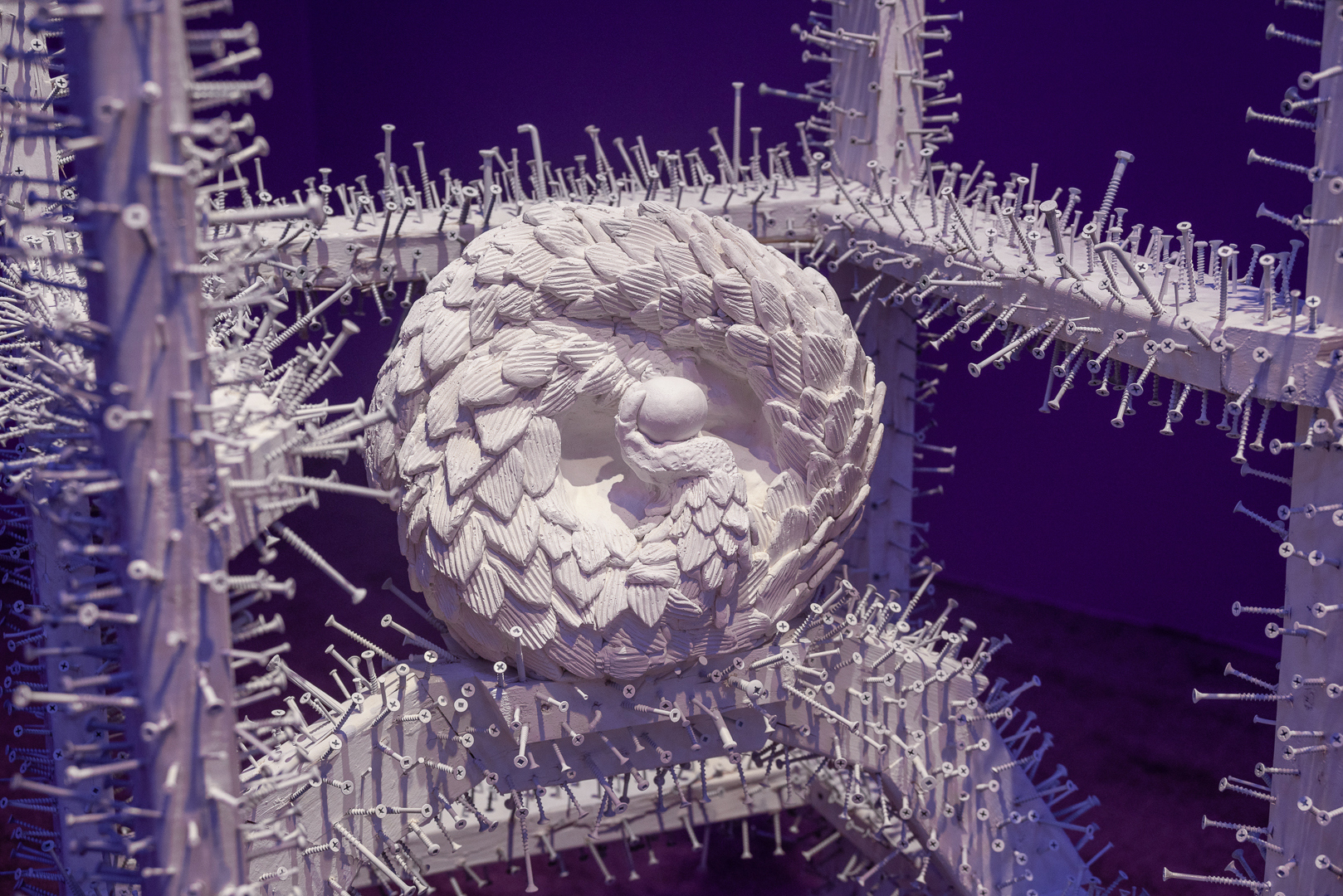
Pangolin Palace, 2023 wood, repurposed screws and nails, hydrocal plaster, fiberglass, paint, 215 x 76 x 76 cm (detail)
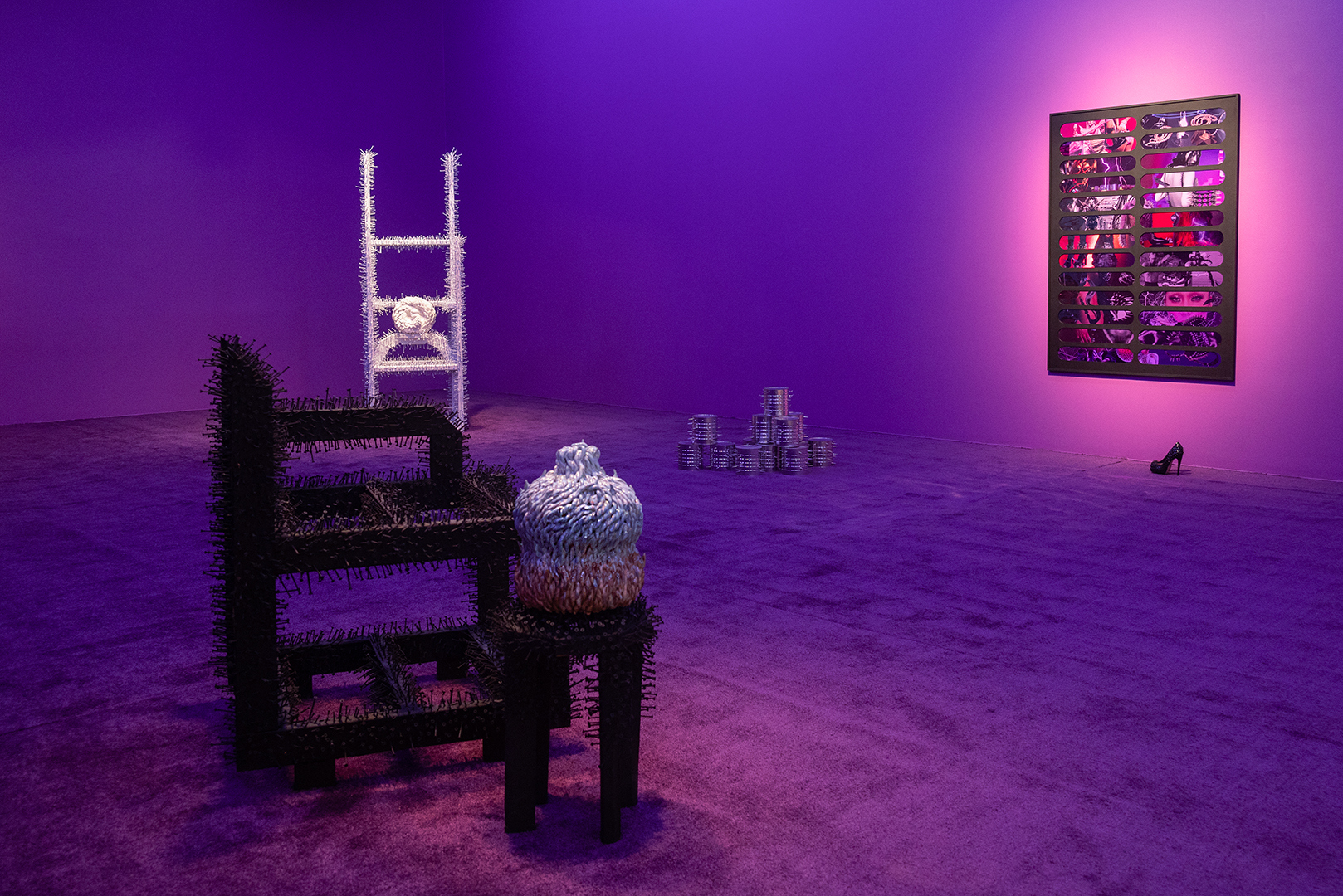
Spike Aesthetics, exhibition view
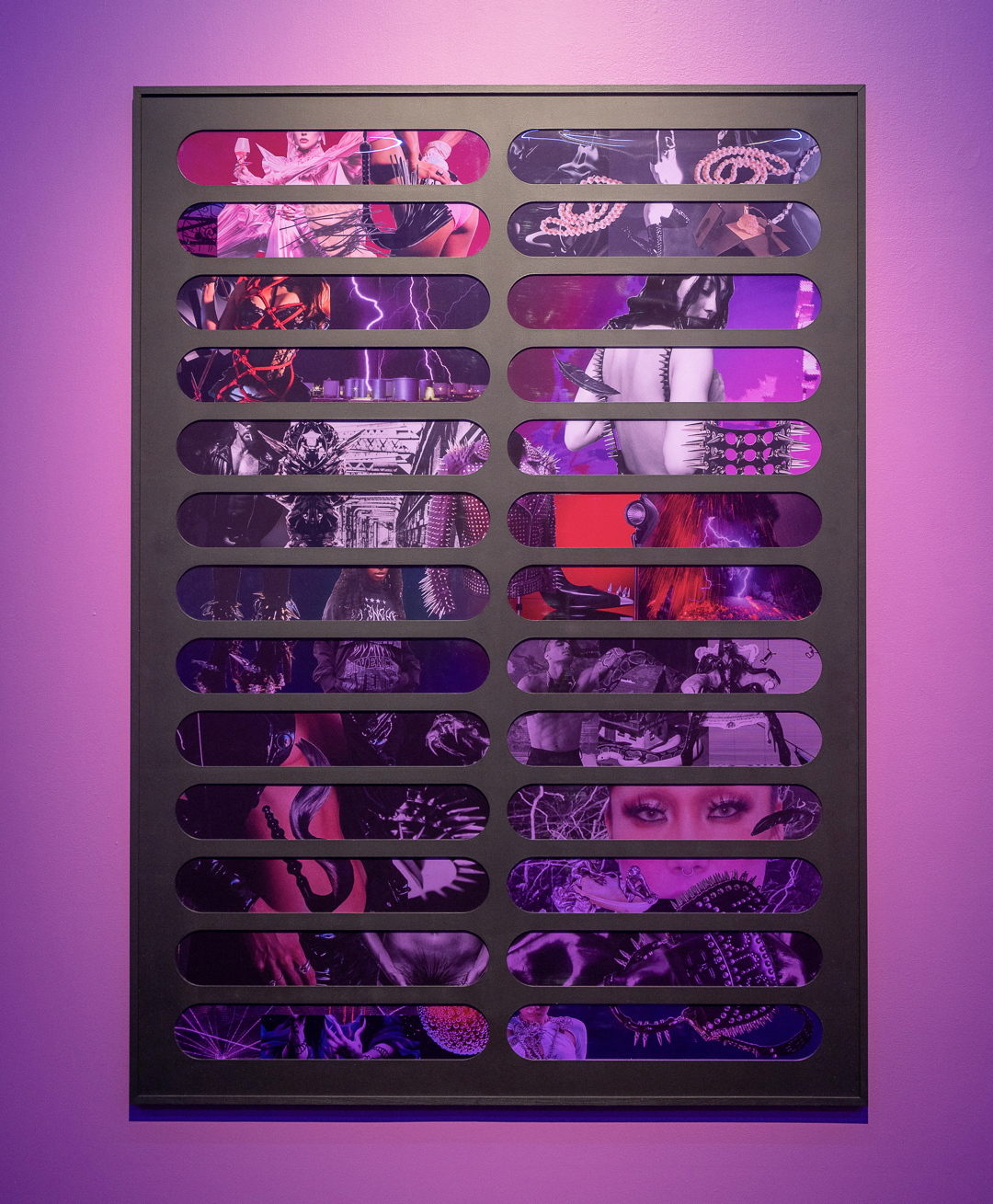
Purple Lust Baby, 2023 MDF cutout, colored filter, found images, paint, 165 x 120 cm
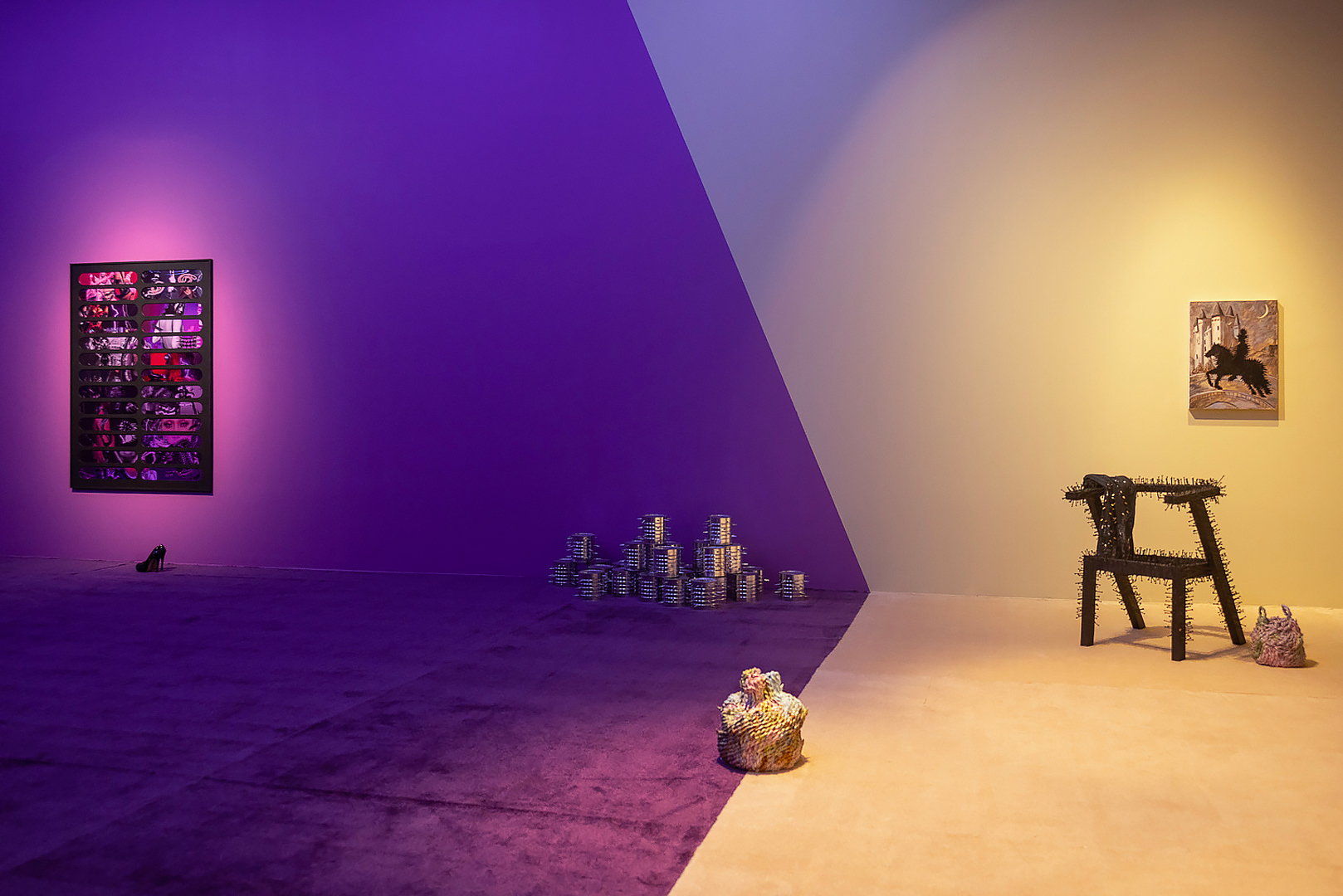
Spike Aesthetics, exhibition view
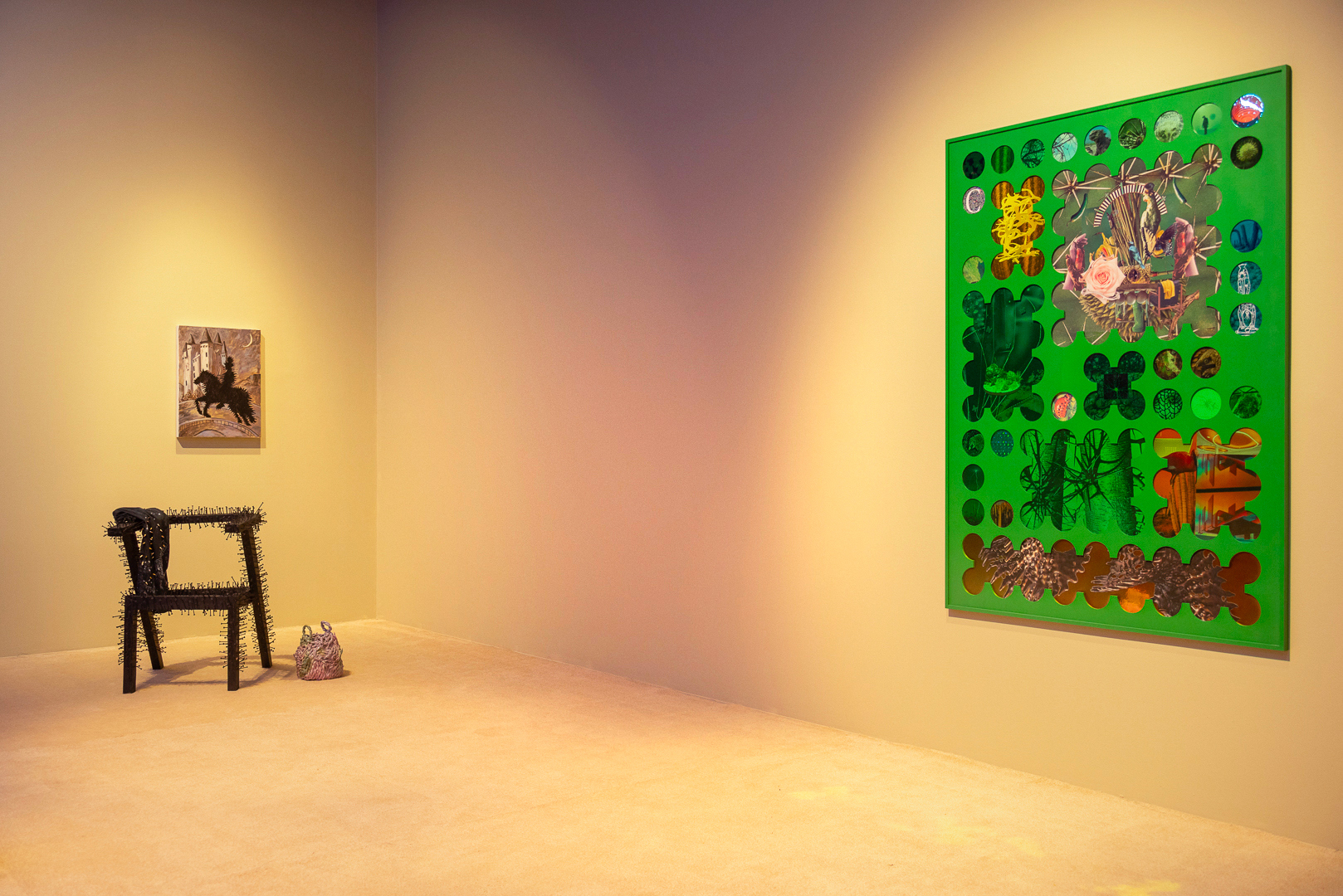
Spike Aesthetics, exhibition view
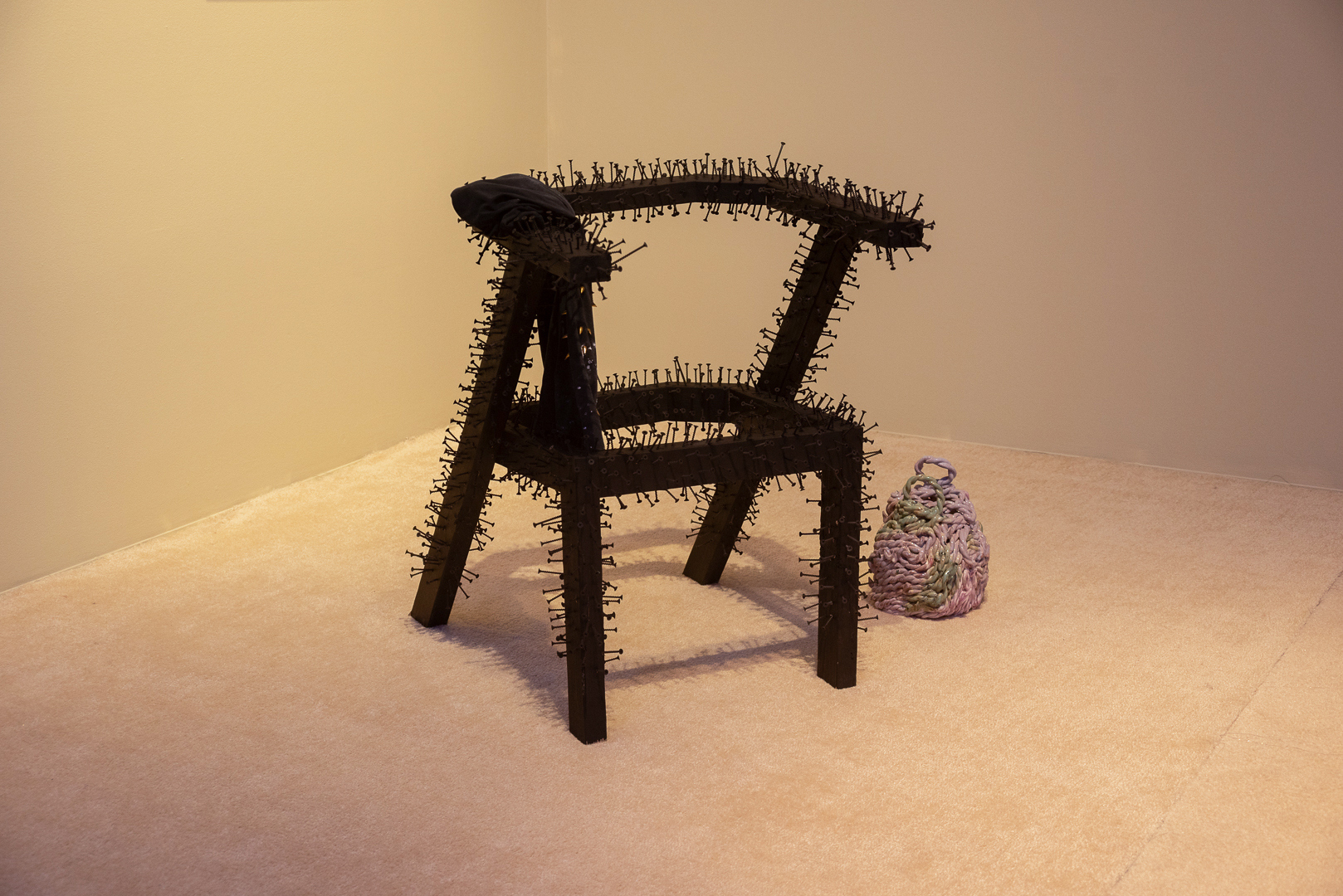
La fonderie Horne nous tue lentement, 2023, wood, repurposed screws and nails, paint, 80 x 61 x 56 cm
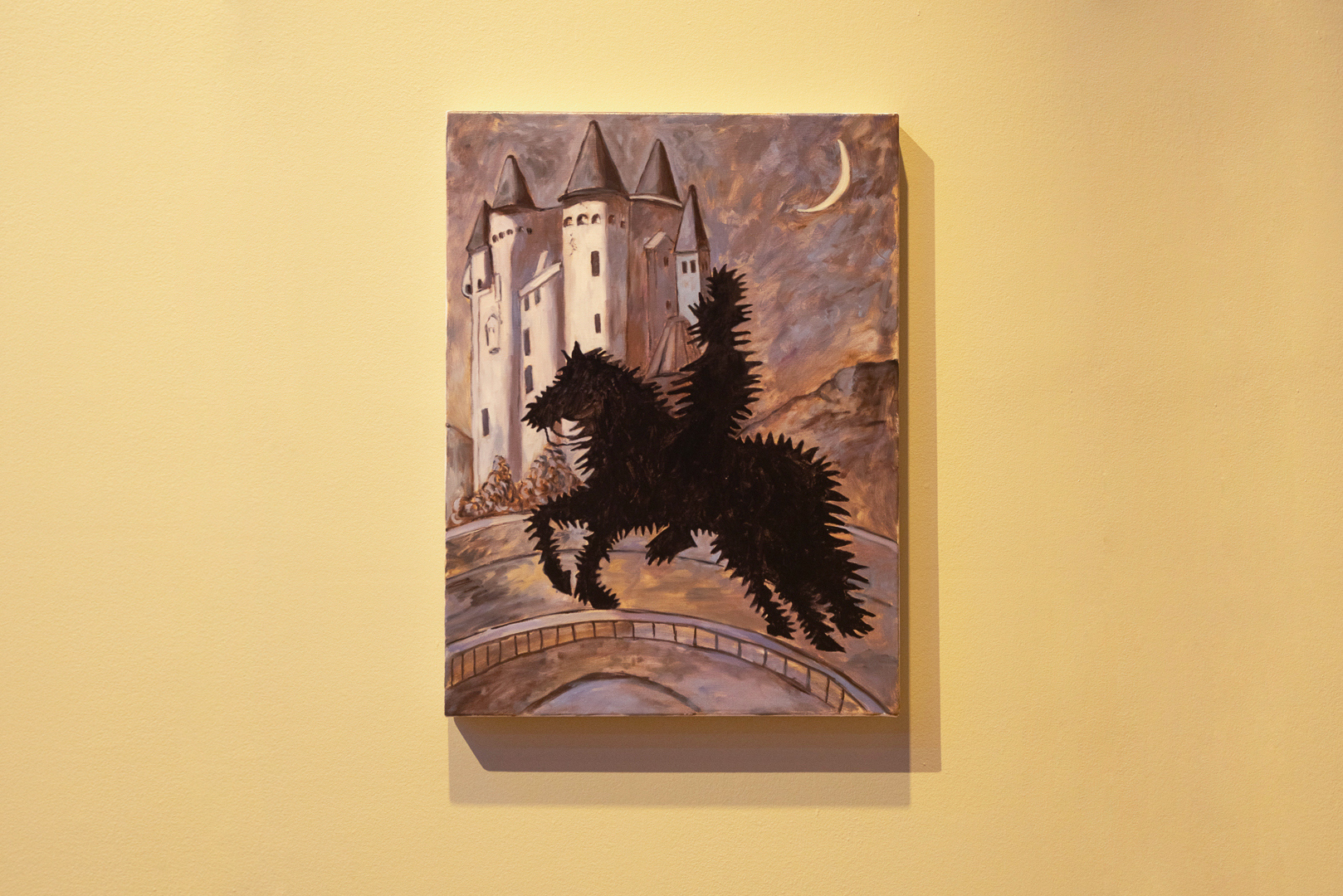
Reproduction of Ritorno in castello (1969) by Giorgio De Chirico, painted by Heidi Daehler, 2023, oil on canvas, 61 x 46 cm
Following the presentation of recent projects at Galerie Nicolas Robert in Montreal and L’Écart in Rouyn-Noranda, as well as the completion of a series of artist-in-residence programs, first at Los Chinelos in Tepoztlán (Mexico), then at Atelierhaus Salzamt in Linz (Austria) and Napoule Art Foundation in Mandelieu-la-Napoule (France), Philippe Caron Lefebvre continues to cumulate bodies of work in which he confers a preeminence to the spike and its aesthetic. This propensity —obsession — for thornlike forms perpetuates itself in the current exhibition at L'Œil de Poisson in Quebec City, where it turns to full expansion as an exhaustive taxonomy of the spike. Here, the spike is shown in all shapes, sharpened into a myriad of variations crafted by Caron Lefebvre’s material manipulations. Such an excess of pointy figures provokes a peculiar impression of disorientation: the quantity is unmeasurable. In this exhibition, the spike seems to distance itself from the mere connotations of piercing or cutting with which it is usually associated. Facing the bi- and tridimensional works, we find ourselves on the threshold of the intelligible, immersed within the artist’s infinite inspirations. It is like encountering an illusory world calibrated upon the artist’s creative pendulum, oscillating between the real and the unreal, the natural and the artificial, utopia and dystopia. This body of work further invites attentiveness towards conventions specific to Philippe Caron Lefebvre’s science-fiction, as much as to non-logical principles of generally perceived yet (in)explicable phenomena. In this heuristic exhibition, we nonetheless find ourselves influenced by the associations drawn between multiple domains: references, namely, to art history, defensive architecture, fashionable spike trends, BDSM, natural evolution and diverse technologies.
The visual matter of collage occupies a predominant place within the body of work presented at Œil. A series of assemblages composed of found images, cut and accumulated by the artist throughout the years, deploy themselves as imposing mosaics in the exhibition space. The polyptych’s collaged elements appear as showing through a partly obstructing foreground of geometric perforations vitrified with coloured filters. Like funnels, elliptic shapes guide and canalize our sight through agglomerations, inviting a fuller examination of the dense materiality of the photomontages and their unexpected textures — and structures. The visual experience becomes a microscopic observation, a telescopic contemplation of the spike. Several collages directly speak of fauna and flora: mammal horns, insect stings, spines of underwater species such as echinoderms and corals, cacti spines and bristly textures from a plurality of plants observed at micron-scale. Other cuttings refer to geology as to the devastation of the lithosphere to extract minerals and soils. Among further combinations, one emphasizes repressive and restrictive architectural components and environments abounding barbed wire, a juxtaposition revealing forms and functions as they come into tension. One more disorienting associative composition exposes body parts dressed in studded leather adornments. Like secretive windows onto sado-maso-erotic moments, those fragments bring notions of submission and domination to mind. Images of pop culture's fashion figures, such as Lady Gaga, overlap those of captive flesh. A sense of disproportion emerges from the repetitive gestures of cutting and juxtaposing the photographs, the sheer intensity of their colours and the equally repulsive and seductive forms of their visual lexicon. Allusions of immensity and proximity act like stimulating vectors to explore and, consequently, to discover the excess that characterizes Spike Aesthetics. In addition to the collages, we find a commissioned reproduction of Ritorno al castello (1969) by the Italian artist Giorgio de Chirico: a knight and his steed covered with spurs. The work performs a detour, like a historico-temporal vehicle, a feeling of dejà vu towards surreal illusions.
In the space, we encounter hostile chairs that are ostensibly inspired by those of the American artist Ann Hamilton and the German artist Gunther Uecker. Bristling with screws, they simultaneously confuse and guide our movements. The action of wandering through the installation reemphasizes a structural dimension inherent to the project: enacting a systematization of the spike. On the ground, spiky aluminum pieces intertwine with earthenware covered with pointy motifs. A sense of friction coexists among the ceramics as their reliefs, marked with gestural discrepancies, vary in material states of protrusion and furrowing. Here and there, iridescent glazes have pooled in and out, sinuously enveloping the laboured textures. The technical – empirical – processes of the sculptor Caron Lefebvre appear akin to those involved in scientific methods.
This exhibition, a true (re)presentation of one's fascination for the spike, perhaps leads Philippe Caron Lefebvre to the intersection of a potential finality that is an absolute taxonomy of an aesthetic.
Jean-Michel Quirion, Laurence Pilon (translator)
